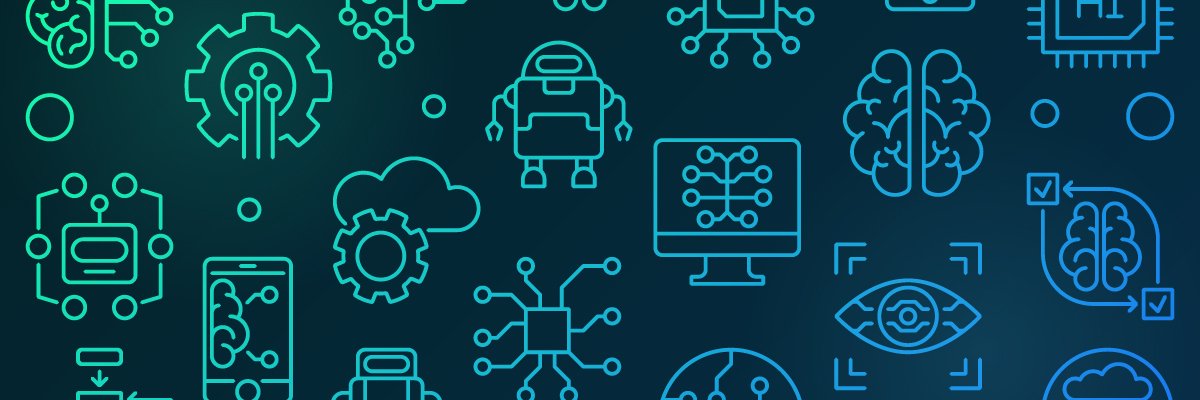
An intelligent edge: A game changer for IoT
Edge computing is defined as a distributed computing paradigm that brings computing and data closer to where IoT typically is deployed, which improves response times and bandwidth. However, this definition sounds too technical to appreciate the true power of edge computing.
Instead, edge computing redefined is a computing paradigm to bring actionable intelligence and insights as close as possible to the location where IoT is deployed, which maximizes the anticipated value proposition of such deployments. The reason for such redefinition is evident: The value generation power of edge computing matters the most.
The value drivers
It is critical to understand the basis for such a redefinition that emphasizes value proposition. There are several drivers for any IoT product or service. Drivers can be broadly categorized as business, technology, device and data drivers, as shown in Figure 1. Ultimately, any drivers’ collective goal is to enable swift, speedy, intelligent and actionable decisions.
Business drivers — also known as functional or operational drivers — are pivotal to any IoT implementation. Business drivers aim to use IoT-driven intelligent decisions to reap benefits such as productivity gains, increased revenues, improved customer satisfaction through innovative products and services and, more critically, lives saved. Technology drivers complement the business drivers.
As new technologies emerge that make more unexplored products and services possible, new business drivers are realized. Technologies such as low-power wireless, super-speed processors or network virtualization simplify previously complex IoT solutions and, thereby, remove barriers for IoT adoption. Technologies also accelerate the advancement of devices capable of capturing richer and previously inconceivable data.
A network of interconnected devices can bring to reality once-dreamt capabilities, such as augmented reality and intelligent digital twin. For example, an oil and natural gas engineer could inspect hundreds to thousands of miles of gas pipelines on a computer and take remediating actions. That can only be made possible because of the digital twins aided by meta-cognitive and autonomous sensing devices that constantly monitor and report the health of critical components along the pipeline.
Instead, edge computing redefined is a computing paradigm to bring actionable intelligence and insights as close as possible to the location where IoT is deployed, which maximizes the anticipated value proposition of such deployments. The reason for such redefinition is evident: The value generation power of edge computing matters the most.
The value drivers
It is critical to understand the basis for such a redefinition that emphasizes value proposition. There are several drivers for any IoT product or service. Drivers can be broadly categorized as business, technology, device and data drivers, as shown in Figure 1. Ultimately, any drivers’ collective goal is to enable swift, speedy, intelligent and actionable decisions.
Business drivers — also known as functional or operational drivers — are pivotal to any IoT implementation. Business drivers aim to use IoT-driven intelligent decisions to reap benefits such as productivity gains, increased revenues, improved customer satisfaction through innovative products and services and, more critically, lives saved. Technology drivers complement the business drivers.
As new technologies emerge that make more unexplored products and services possible, new business drivers are realized. Technologies such as low-power wireless, super-speed processors or network virtualization simplify previously complex IoT solutions and, thereby, remove barriers for IoT adoption. Technologies also accelerate the advancement of devices capable of capturing richer and previously inconceivable data.
A network of interconnected devices can bring to reality once-dreamt capabilities, such as augmented reality and intelligent digital twin. For example, an oil and natural gas engineer could inspect hundreds to thousands of miles of gas pipelines on a computer and take remediating actions. That can only be made possible because of the digital twins aided by meta-cognitive and autonomous sensing devices that constantly monitor and report the health of critical components along the pipeline.
internetofthingsagenda.techtarget.com



